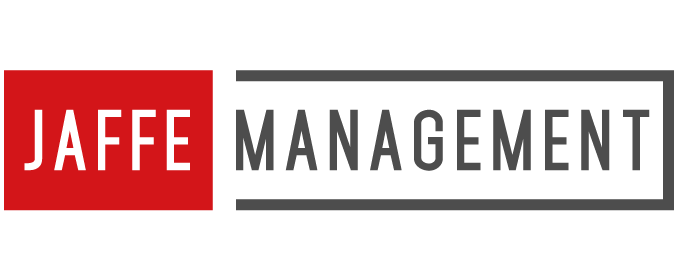02 May 2017 Vacancies on Your Association’s Board? Consider These Tips When Looking to Fill Them
Many association managers may feel they can kick back and relax once they have built a board of directors. However, your board is bound to experience some loss, either through scheduled attrition, like when terms are up (see Three Must-Read Tips for Building a Successful Board of Directors for Your Association), or unexpected vacancies.
Members may move out of the area; their lives can become overwhelmed by work or parenthood; and they don’t always see eye to eye with other board members, even to the point where serving together isn’t possible. Here are three tips for managing vacancies on your board.
Never force board members into officer roles.
If your board is very active, it can be challenging to entice board members to serve as officers. Nevertheless, members should not be forced into roles they don’t want, particularly by voting in their absence, as this will only breed resentment and eventual lack of participation. Instead, offer a path of succession, such as moving the vice president into the president’s position, or split roles into co-chair titles to share responsibility and time between two members.
It’s always better to have a role sit empty than to fill it with someone who has no desire to be there. You can often ask other members to rotate through empty positions just for a month or two. You never know–a member may discover they enjoy serving in that role and step up to the plate permanently. And it can be a welcome occasion for more reticent board members to get a chance to facilitate meetings as a pro-tem chair. If your organization is floundering with its officer roles, consider consulting professionals who can assist with leadership development.
Eliminate problem board members before damage is irreversible.
Virtually every board experiences a toxic member from time to time, but it may only take one unhappy board member to wreak havoc on your association. Not everyone has to agree on every issue, but the process of debate must remain professional. Signs of a dysfunctional board member include:
- Having a conflict of interest with your organization
- Not attending meetings or executing duties as agreed
- Creating divisive factions within the board
- Hijacking board discussions or repeatedly not using board protocols
- Breaching confidentiality
- Refusing to abide by resolutions voted by other board members
- Failing to follow the duty of care, putting the association in jeopardy or legal/financial liability
While it may be tempting to try to manage a toxic board member out, this can take time, and Byzantine politicking detracts from fulfilling your association mission. Rather, you can ask the member to leave directly, offer a specific leave of absence (also an option for members struggling with illness or major life transitions), or invoke a predetermined board impeachment policy, which should be made clear at the time the member is brought on.
Be sure to do a post mortem on any changing or empty board roles.
It’s important to check in regularly with your board members, particularly if you worry about a toxic board member. You don’t want to wait until a board mutiny takes place to find your whole board is turning over unintentionally because no one ever asked about rumblings behind the scenes. Make it clear to members that their feedback will not be shared with other member without their consent.
Whether you are suffering a board crisis or simply experiencing regular turnover, be certain to perform a private exit interview with each member leaving the board or transitioning to a new role. This gives you the chance to assess what did and did not work in their function, as well as to assuage any feelings of ill will that you would prefer remain within the association. Board turnover, even when unexpected, can be changed from a problem to an opportunity when you ask the right questions and use the answers to improve your future board.


